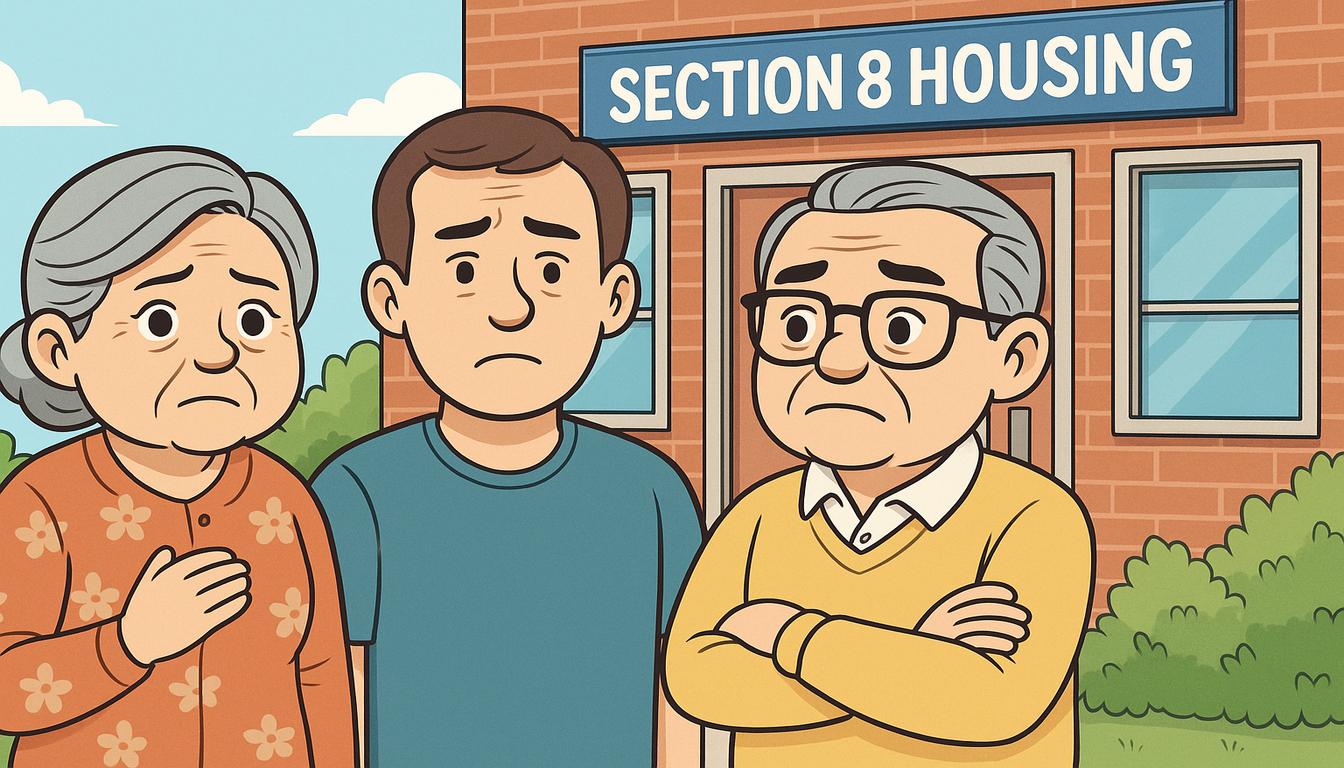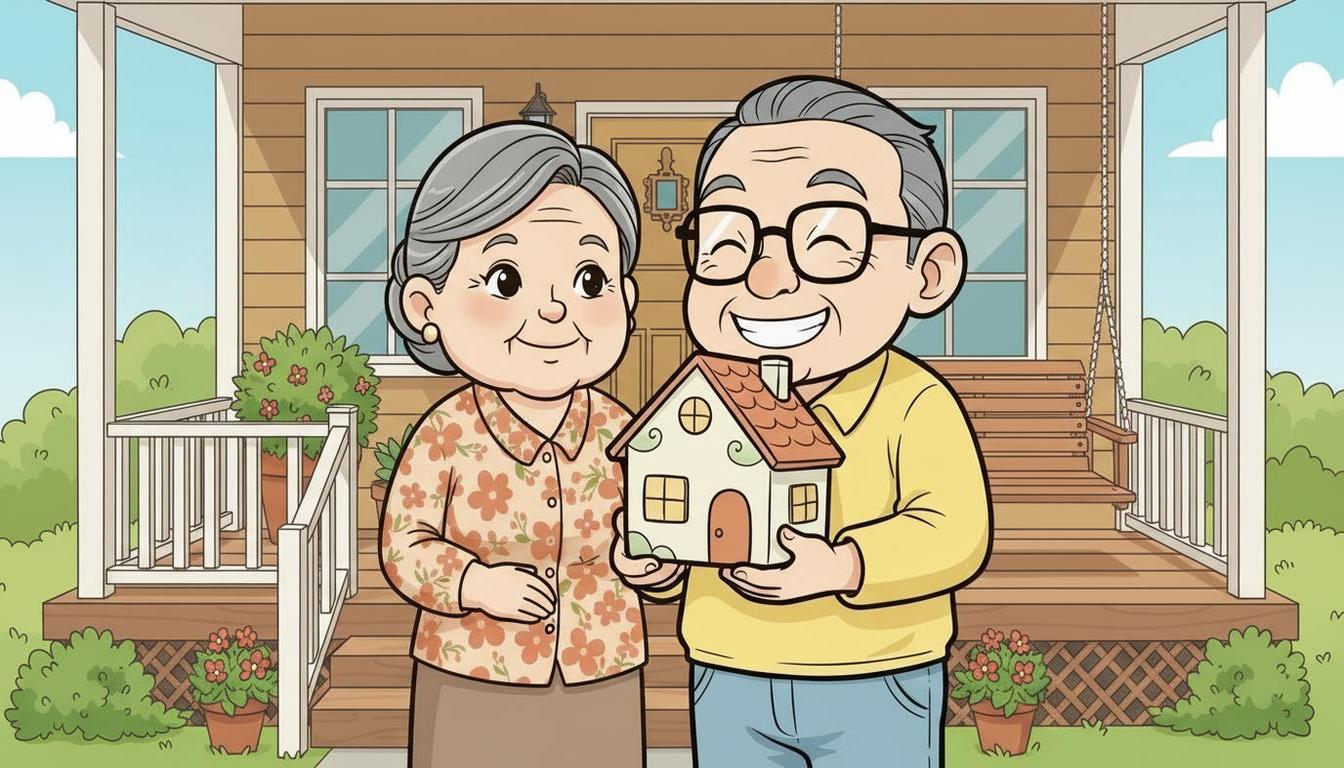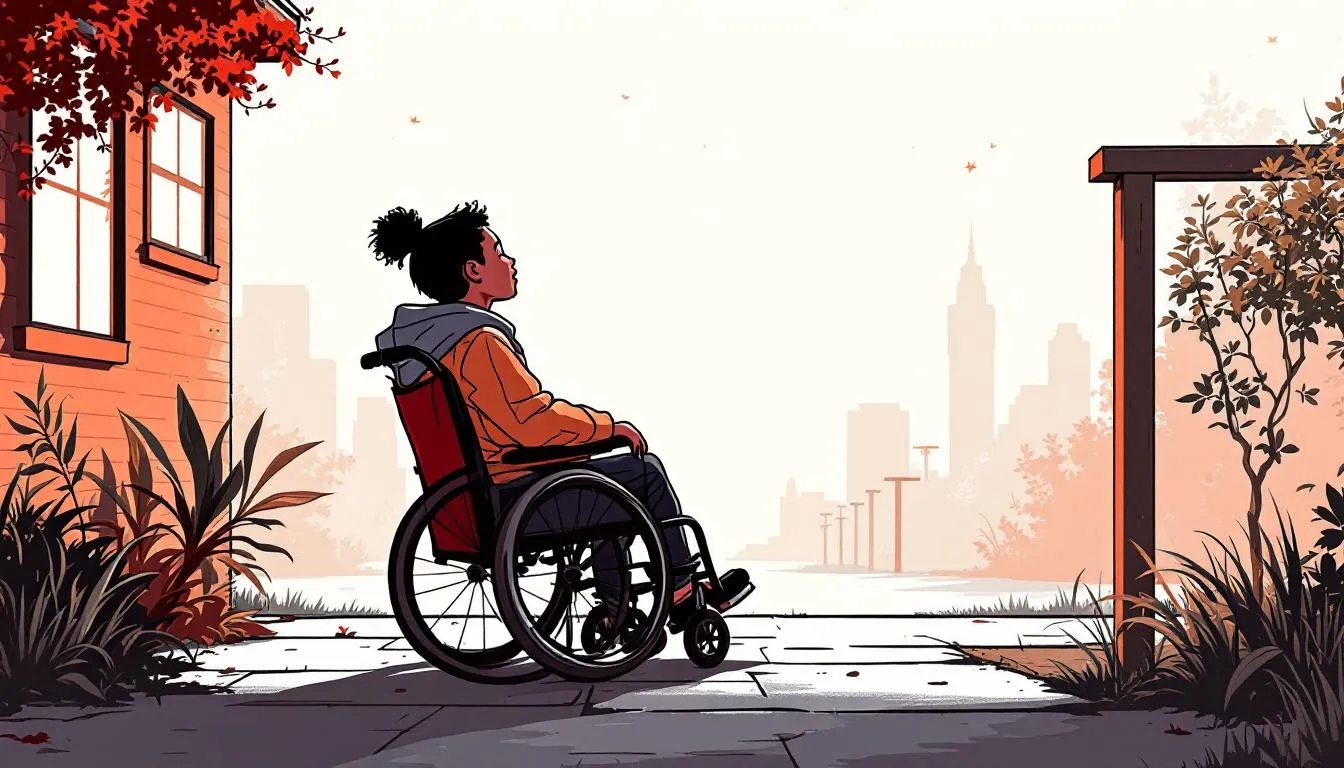
Affordable housing and government-funded programs like Section 8 and Housing Choice Vouchers are critical for improving communities. These programs not only provide homes for low-income families but also help reduce crime and enhance society. This article will explain how these programs make neighborhoods safer and better for everyone.
What Are Affordable Housing and Government Programs?
Affordable housing means homes that people with lower incomes can afford. This includes housing supported by the government, non-profits, and private organizations that keep prices low. There are special housing programs for citizens with disabilities, elderly citizens, and programs that help all citizens who may need it.
Section 8 is a federal program that helps low-income families pay for rental housing. The government pays part of their rent so they can afford to live in privately-owned homes. You can learn How to Apply to Section 8 in our article!
Housing Choice Vouchers (HCV) is the new name of Section 8. They allow families to choose their own homes, as long as the homes meet certain standards. This helps prevent areas from becoming too poor and promotes a mix of incomes in neighborhoods.
Section 8's Impact on Community Stability and Growth
Affordable housing and government programs provide many benefits beyond reducing crime.
- Economic Stability: Affordable housing helps families save money, which they can spend on education, healthcare, and other needs. This leads to better financial stability and opportunities for the future. The Urban Institute found that children in stable housing do better in school and have a higher chance of success as adults.
- Better Health: Having a stable home improves physical and mental health. Families in secure housing experience less stress and are less likely to suffer from health problems. The National Low Income Housing Coalition reported that stable housing leads to lower rates of chronic illness and mental health issues.
- Work Productivity: Stable housing allows people to keep steady jobs, which helps the economy. Employers benefit from having reliable workers. The Center for Housing Policy found that affordable housing near workplaces reduces commuting time and increases job attendance.
- Improved Education: Children in stable homes perform better in school because they don't have to move frequently or face homelessness. This stability leads to higher graduation rates and better academic performance. Research by the MacArthur Foundation showed that housing stability is crucial for educational success.
How Affordable Housing Reduces Crime
Research shows that affordable housing helps lower crime rates. Here's how:
- Less Violent Crime: Affordable housing provides stability, which means people are less likely to commit crimes out of desperation. A study from the University of California, Irvine (UCI), found that having affordable housing reduces violent crime in cities.
- Stronger Communities: When people have stable homes, they feel more connected to their neighborhood. This connection makes them more likely to participate in community activities and help with neighborhood watch programs. A study in the Journal of Urban Affairs found that neighborhoods with a mix of incomes have stronger social ties and lower crime rates.
- Fewer Property Crimes: Affordable housing also helps reduce property crimes like burglary and vandalism. A report by the U.S. Department of Housing and Urban Development (HUD) showed that neighborhoods with affordable housing saw a decrease in property crimes.
Section 8 Community Studies
There are many examples of how affordable housing and government programs have made a positive impact.
- New York City's Supportive Housing: New York City has a supportive housing model that combines affordable housing with social services. This approach has reduced crime and improved residents' quality of life. A study by the Corporation for Supportive Housing found that tenants in these homes are less likely to engage in criminal activities.
- The Moving to Opportunity (MTO) Experiment: The MTO experiment by HUD gave low-income families vouchers to move to better neighborhoods. This led to less crime among youth and improved mental health for adults. Children who moved to these neighborhoods did better in school and had better job prospects.
- Minneapolis Affordable Housing Initiatives: Minneapolis has several programs aimed at reducing crime through affordable housing. The Minneapolis Public Housing Authority reported that neighborhoods with affordable housing saw lower crime rates and more community activities.
Emotional and Psychological Benefits of Stable Housing
Stable housing is more than just a roof over one's head. It provides a sense of security and belonging, which are crucial for mental well-being.
For families and individuals struggling with housing instability, the stress and uncertainty can be overwhelming. This can lead to mental health issues such as anxiety and depression.
Section 8 housing, by providing stable and affordable housing, can alleviate these stresses. It allows individuals and families to focus on other aspects of their lives, such as employment, education, and personal growth.
In this way, Section 8 housing not only improves communities on a physical level, but also contributes to the emotional and psychological well-being of its residents.
Section 8 Challenges and Moving Forward
Despite the benefits, affordable housing and government programs face challenges.
- Funding: These programs need enough money to work well. Budget cuts can limit the help they can provide. It's important to advocate for more funding and sustainable investments.
- Community Resistance: Some people resist having affordable housing in their neighborhoods, known as NIMBYism (Not In My Back Yard). Educating people about the benefits of affordable housing can help overcome this resistance. In fact, it’s actually been proven that affordable housing improves the community as a whole!
- Complex Processes: Applying for and managing housing assistance can be difficult. Simplifying these processes can make the programs more effective.
The Broader Implications of Section 8 Housing
Section 8 housing is more than just a program. It's a tool for social equity, a pathway to stability, and a catalyst for community growth.
By providing affordable housing, Section 8 helps to reduce poverty and homelessness. It gives families a chance to build a better future, and it contributes to the economic health of our communities.
But the success of Section 8 depends on the support of social workers, landlords, policymakers, and community members. Together, we can ensure that everyone has access to safe, affordable housing.
In conclusion, Section 8 housing is not just a solution for today. It's an investment in our collective future. By supporting Section 8, we are building stronger, more inclusive communities for generations to come.
Affordable housing and government-funded programs like Section 8 and Housing Choice Vouchers are critical for improving communities. These programs not only provide homes for low-income families but also help reduce crime and enhance society. This article will explain how these programs make neighborhoods safer and better for everyone.
What Are Affordable Housing and Government Programs?
Affordable housing means homes that people with lower incomes can afford. This includes housing supported by the government, non-profits, and private organizations that keep prices low.
Section 8 is a federal program that helps low-income families pay for rental housing. The government pays part of their rent so they can afford to live in privately-owned homes.
Housing Choice Vouchers (HCV) is the new name of Section 8. They allow families to choose their own homes, as long as the homes meet certain standards. This helps prevent areas from becoming too poor and promotes a mix of incomes in neighborhoods.
Section 8's Impact on Community Stability and Growth
Affordable housing and government programs provides many different benefits. Section 8 improves communities in many different ways.
- Economic Stability: Affordable housing helps families save money, which they can spend on education, healthcare, and other needs. This leads to better financial stability and opportunities for the future. The Urban Institute found that children in stable housing do better in school and have a higher chance of success as adults.
- Better Health: Having a stable home improves physical and mental health. Families in secure housing experience less stress and are less likely to suffer from health problems. The National Low Income Housing Coalition reported that stable housing leads to lower rates of chronic illness and mental health issues.
- Work Productivity: Stable housing allows people to keep steady jobs, which helps the economy. Employers benefit from having reliable workers. The Center for Housing Policy found that affordable housing near workplaces reduces commuting time and increases job attendance.
- Improved Education: Children in stable homes perform better in school because they don't have to move frequently or face homelessness. This stability leads to higher graduation rates and better academic performance. Research by the MacArthur Foundation showed that housing stability is crucial for educational success.
How Affordable Housing Reduces Crime
Research shows that affordable housing helps lower crime rates. Here's how Section 8 reduces crime:
- Less Violent Crime: Affordable housing provides stability, which means people are less likely to commit crimes out of desperation. A study from the University of California, Irvine (UCI), found that having affordable housing reduces violent crime in cities.
- Stronger Communities: When people have stable homes, they feel more connected to their neighborhood. This connection makes them more likely to participate in community activities and help with neighborhood watch programs. A study in the Journal of Urban Affairs found that neighborhoods with a mix of incomes have stronger social ties and lower crime rates.
- Fewer Property Crimes: Affordable housing also helps reduce property crimes like burglary and vandalism. A report by the U.S. Department of Housing and Urban Development (HUD) showed that neighborhoods with affordable housing saw a decrease in property crimes.
Section 8 Community Studies
There are many examples of how affordable housing and government programs have made a positive impact.
- New York City's Supportive Housing: New York City has a supportive housing model that combines affordable housing with social services. This approach has reduced crime and improved residents' quality of life. A study by the Corporation for Supportive Housing found that tenants in these homes are less likely to engage in criminal activities.
- The Moving to Opportunity (MTO) Experiment: The MTO experiment by HUD gave low-income families vouchers to move to better neighborhoods. This led to less crime among youth and improved mental health for adults. Children who moved to these neighborhoods did better in school and had better job prospects.
- Minneapolis Affordable Housing Initiatives: Minneapolis has several programs aimed at reducing crime through affordable housing. The Minneapolis Public Housing Authority reported that neighborhoods with affordable housing saw lower crime rates and more community activities.
Emotional and Psychological Benefits of Stable Housing
Stable housing is more than just a roof over one's head. It provides a sense of security and belonging, which are crucial for mental well-being.
For families and individuals struggling with housing instability, the stress and uncertainty can be overwhelming. This can lead to mental health issues such as anxiety and depression.
Section 8 housing, by providing stable and affordable housing, can alleviate these stresses. It allows individuals and families to focus on other aspects of their lives, such as employment, education, and personal growth.
In this way, Section 8 housing not only improves communities on a physical level, but also contributes to the emotional and psychological well-being of its residents.
Section 8 Challenges and Moving Forward
Despite the benefits, affordable housing and government programs face challenges.
- Funding: These programs need enough money to work well. Budget cuts can limit the help they can provide. It's important to advocate for more funding and sustainable investments.
- Community Resistance: Some people resist having affordable housing in their neighborhoods, known as NIMBYism (Not In My Back Yard). Educating people about the benefits of affordable housing can help overcome this resistance. In fact, it’s actually been proven that affordable housing improves the community as a whole!
- Complex Processes: Applying for and managing housing assistance can be difficult. Simplifying these processes can make the programs more effective.
The Broader Implications of Section 8 Housing
Section 8 housing is more than just a program. It's a tool for social equity, a pathway to stability, and a catalyst for community growth.
By providing affordable housing, Section 8 helps to reduce poverty and homelessness. It gives families a chance to build a better future, and it contributes to the economic health of our communities.
But the success of Section 8 depends on the support of social workers, landlords, policymakers, and community members. Together, we can ensure that everyone has access to safe, affordable housing.
In conclusion, Section 8 housing is not just a solution for today. It's an investment in our collective future. By supporting Section 8, we are building stronger, more inclusive communities for generations to come.
Navigating the Section 8 housing process can feel overwhelming, and that's where Section 8 Search comes in. We're more than just a listing website; we're a dedicated resource designed to make finding housing under the Housing Choice Voucher Program straightforward and stress-free. Our platform offers user-friendly tools to explore listings and waiting list statuses nationwide, all built on official HUD data. We're also passionate about providing clear, helpful information and guidance, empowering you with the knowledge you need to understand eligibility, complete your application, and confidently navigate your housing journey.

.png)
.png)
.png)


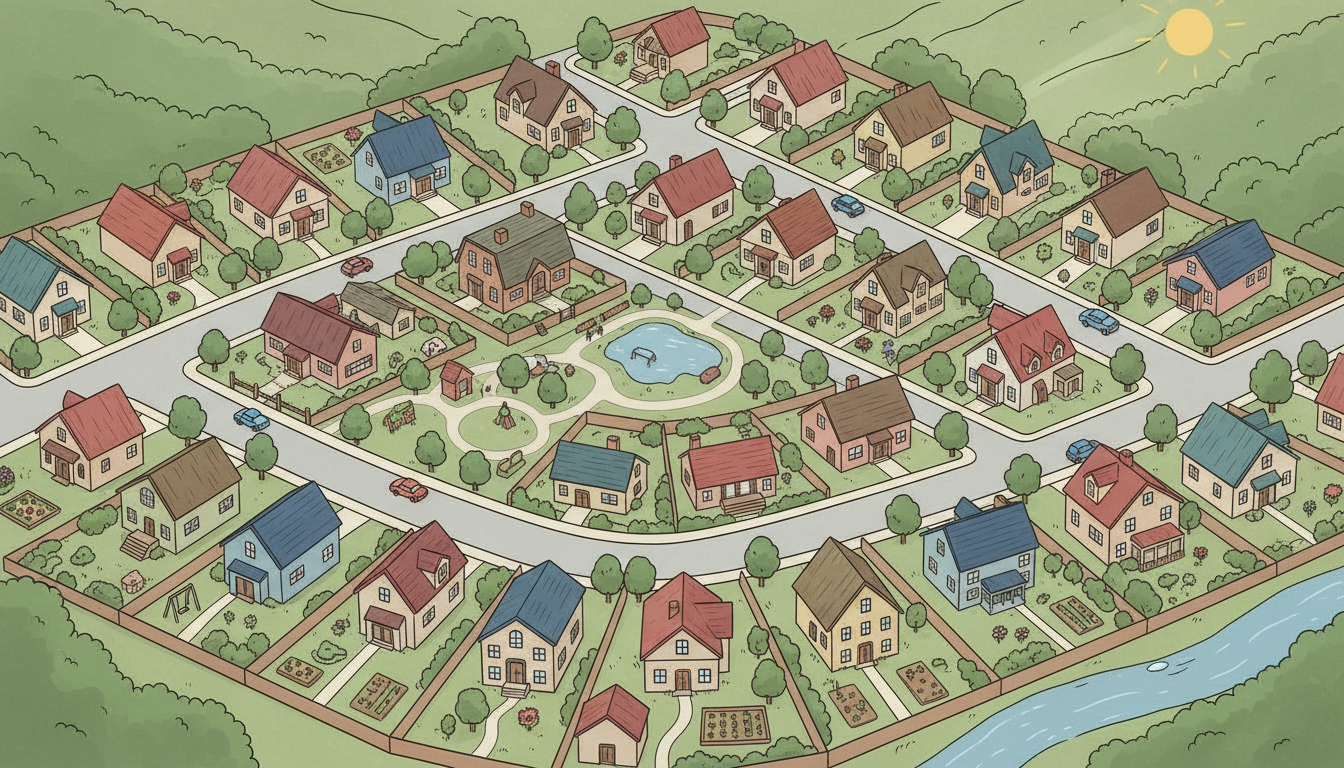

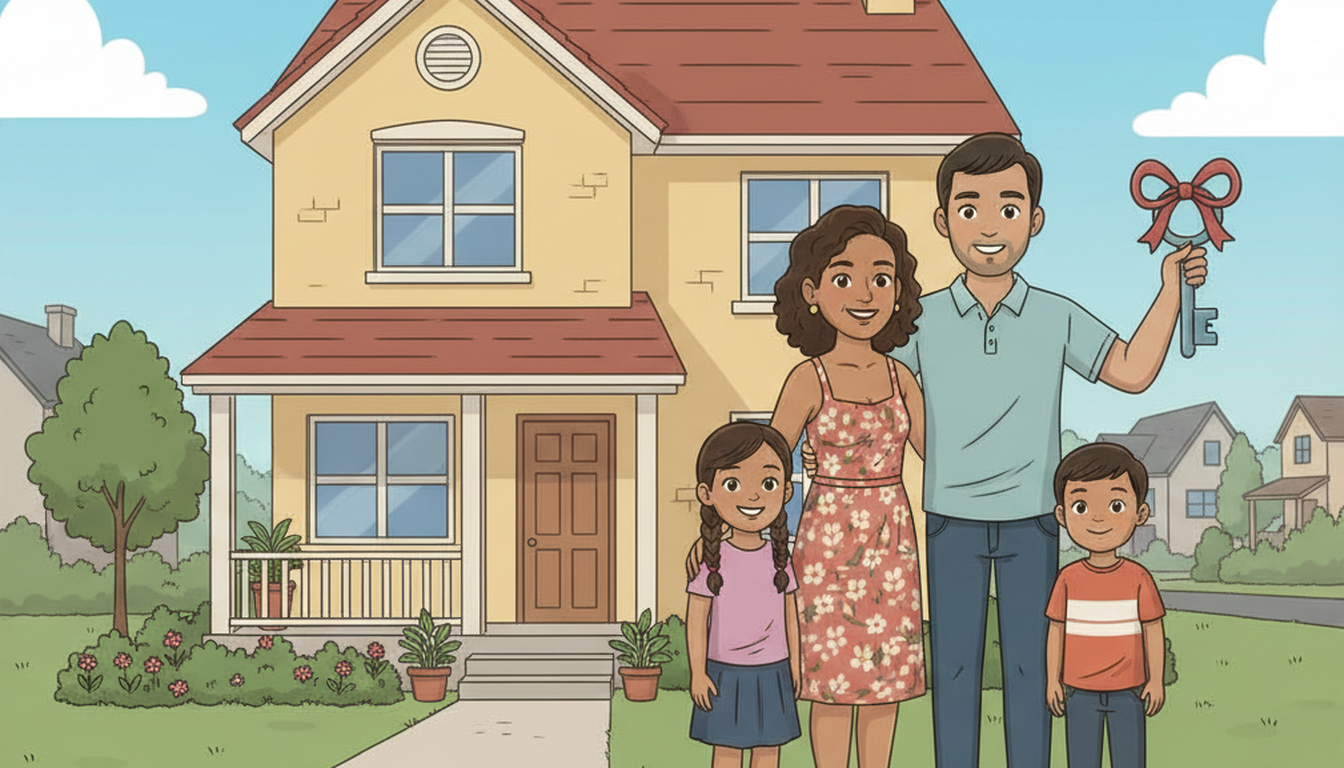
.png)
.png)
.png)
.png)
.png)
.png)
.png)
